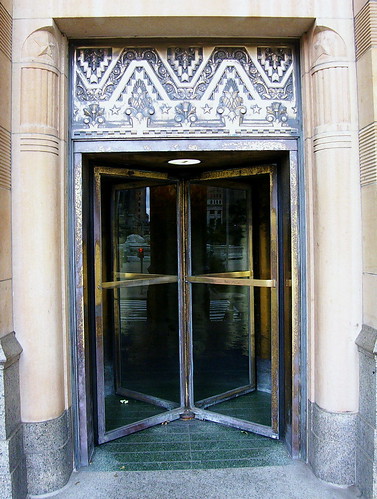
I am a planner. I like to write down my plans; it works for me to do this. I’m much more likely to achieve my aims when I have written them down. Here’s what I’ve come up with for 2012…
Aims:
1.To improve personal fitness and overcome repetitive shoulder injury
2.To continue to develop and improve martial arts skills
3.To improve teaching and leadership skills and gain further teaching experience.
How to achieve it….
1a. Develop a new personal fitness plan. When I was preparing for my black belt test earlier this year I developed a very detailed fitness plan which I followed very diligently (In fact I wrote a whole blog about it – Countdown to Shodan – some of you may remember!) I found that having a plan helped to motivate me to exercise and train regularly at home as well as at the dojo. Since taking my shodan test last June I have let my personal fitness training slip quite a lot and so I think a new plan is needed to get me going again.
1b. Get some physio for my shoulder. The one problem with exercising when you are older is that you don’t heal very quickly after injuries. This is a pain! I injured my right shoulder about 3 months ago during training and it still isn’t completely healed. It gets a bit better with rest but as soon as I train it gets set off again. Everyday activities can set it off as well such as housework, particularly activities that involve pushing or rotational movements of the arm e.g. cleaning windows. I can’t effectively do push-ups and excessive punching against a pad leaves my shoulder throbbing. Sometimes my shoulder aches even when I’m not doing anything. I have decided that some physiotherapy may be the answer – what do you think?
2a. Continue to train regularly. I will certainly be attending my twice weekly karate classes and weekly kobudo class as usual. In addition my instructor is planning some additional ‘higher grade’ classes in 2012. These will be smaller classes where we can concentrate on specific topics such as bunkai, teaching skills, weapons training, self-defence techniques etc. I’m looking forward to these more targeted classes.
2b. Take advantage of other training opportunities. I like going to seminars and courses so I’ll be on the lookout for some of these in 2012. My karate organisation will be hosting several of these during the year which I will be attending but I will also look for things outside our organisation. I know Iain Abernethy is doing a seminar in my neck of the woods in the spring-time so I may see if I can get onto that. I find seminars very inspiring and motivating. I like meeting new people and being introduced to new ideas and approaches to training, it all enriches the martial arts experience.
3a. Take a sports leadership award course. Though I have been awarded my instructor’s certificate I feel this is a role that I need to grow into. I feel that I have the technical skills and knowledge to pass onto others (at a basic level at least) but I feel that my generic teaching and leadership skills need development. Sports leadership awards teach those generic skills such as planning and organising lessons, motivating people, maintaining safety, adapting activities, organising competitions etc. I think that developing these skills would significantly improve my confidence with teaching and leading karate sessions. I’m currently enquiring about such a course.
3b. Gain further teaching experience and attend instructor training courses. To maintain my instructors licence I have to attend at least 3 out of 4 instructor training courses per year run by my organisation. I’m not exactly sure what happens on these courses or what I’ll be expected to do but I’m looking forward to attending them.
As far as teaching experience goes, I have already had my first experience of teaching a class- all by myself! My instructor is currently on holiday in Vietnam and needed someone to cover the last class of the year in his absence, so he asked me (actually he asked our 3rd dan instructor to do it but he couldn’t so it got delegated to me.) This was a bit of a Baptism of Fire since the Saturday morning kids class is actually a triple class: 9.00 – 10 white to orange belts, 10-11 green to brown belts and 11-12.30 brown and black belts (mainly teenagers). But I survived! I’m also teaching the first class of the New Year on 3rd January- just a 1 hour session this time.
Hopefully during the year I will be able to continue helping my instructor with his schools programme which is good fun and very rewarding. However, I need to make sure that not all my teaching is with beginners or children so I am considering whether to volunteer to help out in one of the senior classes at one of our other clubs to get some experience teaching adults and senior kyu grades.
Well, that’s my proposed martial arts plan for 2012. Have you thought about what you want to achieve with your martial arts in the coming year or are you a ‘take it as it comes’ sort of person?

This work is licensed under a Creative Commons Attribution-Noncommercial-Share Alike 2.0 UK: England & Wales License.




















